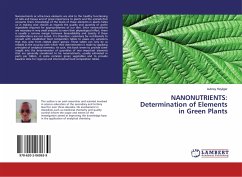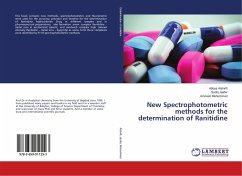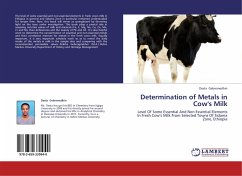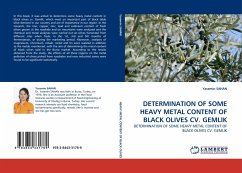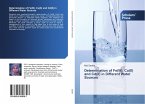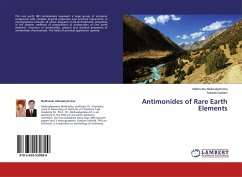Nanonutrients or ultra-trace elements are vital to the healthy functioning of cells and tissues and of great importance to plants and the animals that consume them. Knowledge of the levels of these elements in plants helps us in making wise choices as regards the quality and quantity of green vegetables required for appropriateness of our diet. Since nanonutrients are necessary in very small amounts to exert their physiological effect, there is usually a narrow margin between bioavailability and toxicity if these considerations are not noted. It is therefore, customary for nutritionists to consult with established food composition tables to assess any variations that may arise from related plant species. These tables can only be as reliable as the accuracy with which their determination is made by applying principles of analytical chemistry. As such, this book serves to provide some insight into the determination of quantities of two important elements that are generally considered to be nanonutrients, usually estimated in parts per billion, in some common green vegetables and to provide baseline data for regional and international food composition tables.
Bitte wählen Sie Ihr Anliegen aus.
Rechnungen
Retourenschein anfordern
Bestellstatus
Storno

